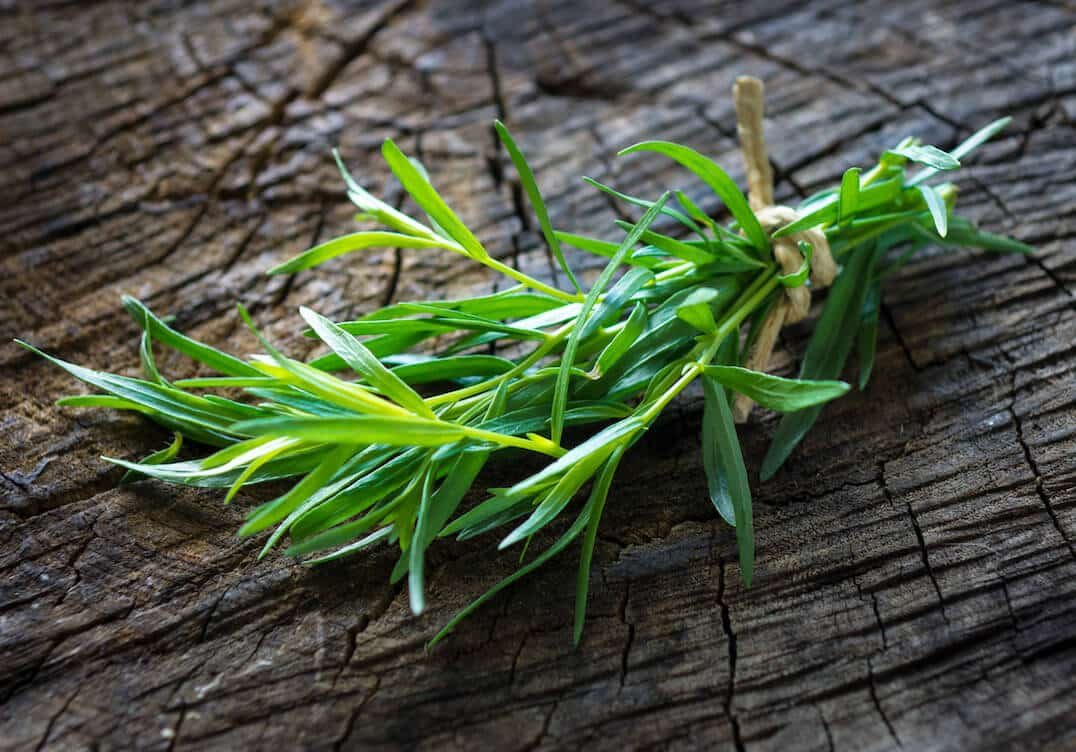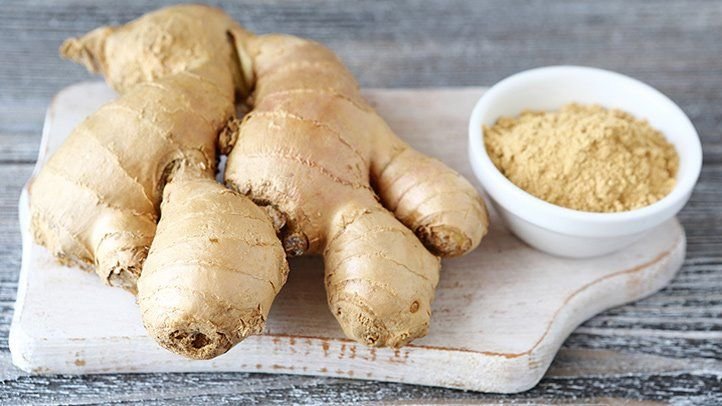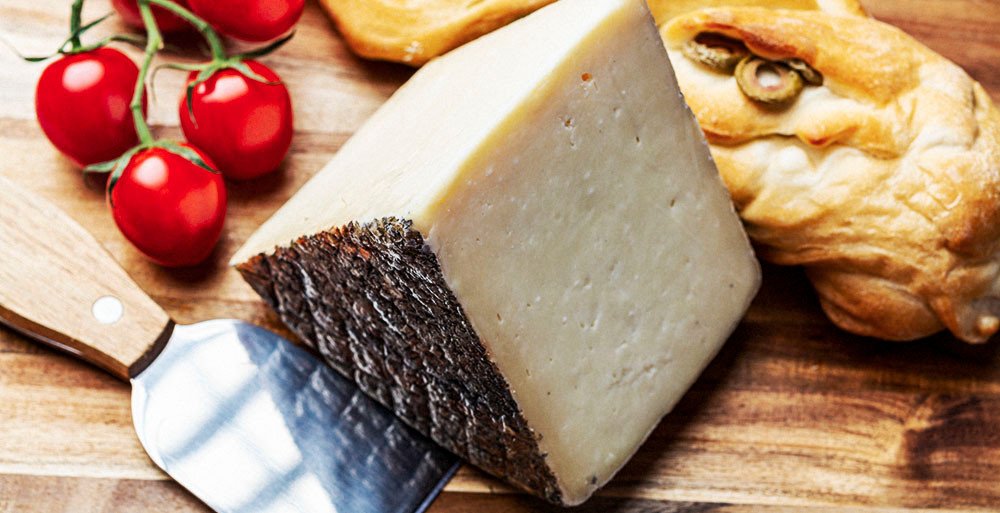In nature, tarragon is a perennial herb that grows throughout North America and most of Europe and Asia. A grass-like herb from the same family as sunflowers has slender, flat, and delicate leaves that grow grass-like. however if you can your hands on tasty tarragon leaves then you need to use one of the substitute shared below to enhance the flavor profile of scrumptious recipe even more.
However, while you may be unfamiliar with tarragon, it is frequently used throughout Europe. Tarragon is also referred to as “the King of Herbs’’ in France, and it is the flavor that distinguishes Béarnaise sauce from other similar condiments.
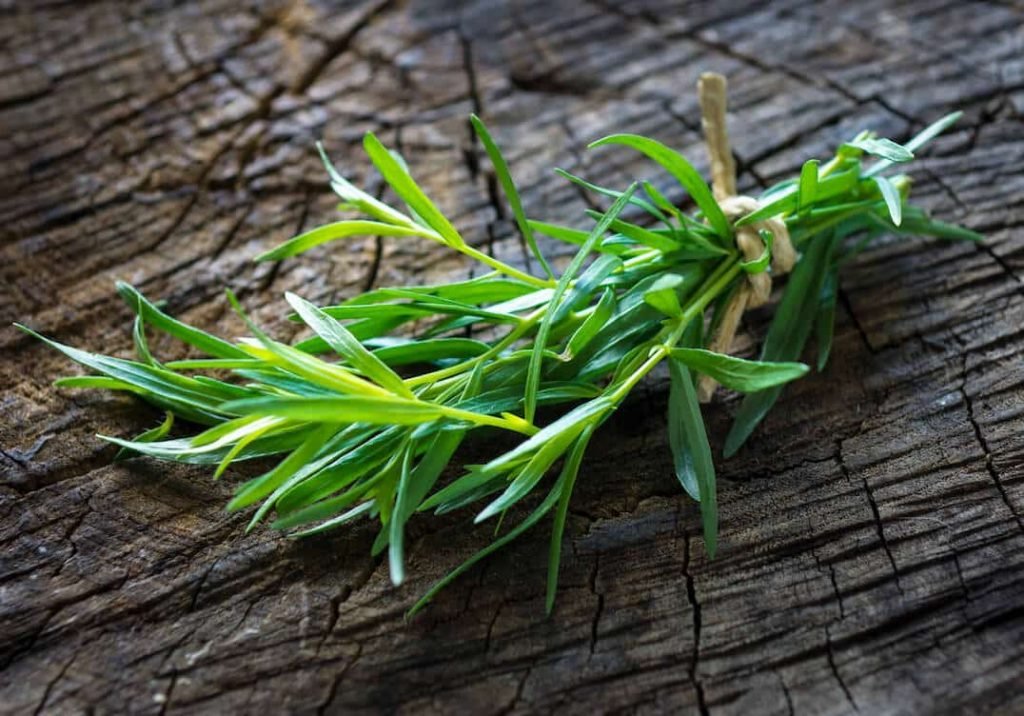
Substitutes and alternatives for tarragon in cooking
-
Basil
Basil is a far more readily available substitute for tarragon, and you should have no trouble locating it at your local grocery shop or health food retailer ( fresh or dried ). There is essentially no difference between the flavor profile of tarragon and this. However, it does not have quite the same licorice-like bite.
Highlights:
Fresh basil is excellent in place of fresh tarragon; however, dried basil is weaker and requires a little more when substituting for dried tarragon. That basil can stand up to more powerful flavors is one of its most endearing qualities.
In a 2:1 ratio, use two tablespoons of fresh basil for every one tablespoon of fresh tarragon. You can use twice as much basil as you would for fresh tarragon when substituting dried tarragon.
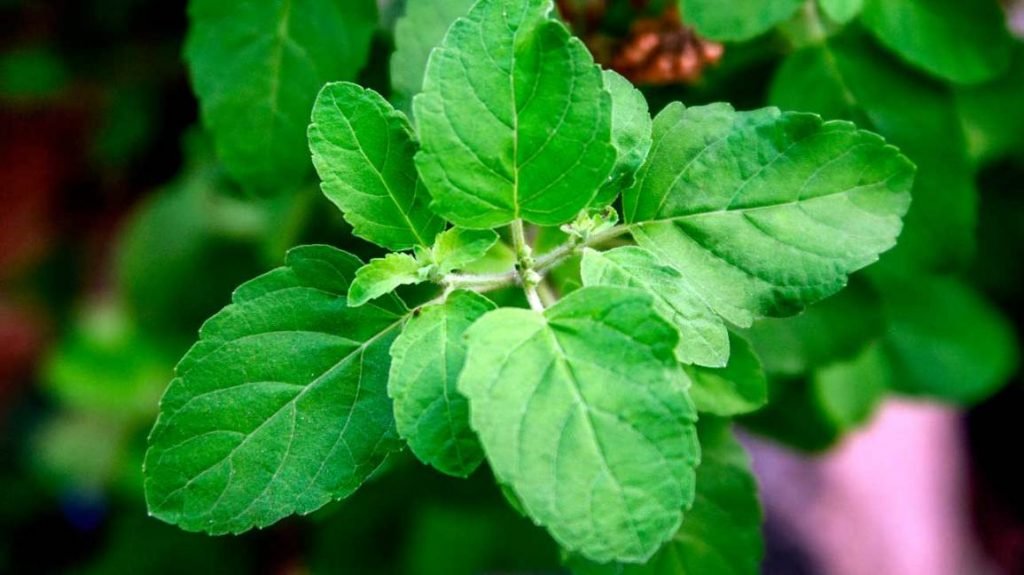
-
Chervil
Additionally, chervil, the herb with the closest flavor and perfume to dried tarragon, is an excellent alternative because it has the same flavor and aroma as tarragon.
Highlights:
Chervil has a flavor akin to anise and licorice, but it is not overpowering; as a result, it is an excellent tarragon substitute when you don’t want a strong flavor from tarragon.
Using one tablespoon of fresh tarragon in your recipes, you may substitute one tablespoon of chervil for the same amount of tarragon in your recipes. To achieve the same impact as tarragon, you should increase the chervil used in your recipe.
In addition to eggs, vinaigrettes, salads, poultry, and béarnaise sauce, chervil is a wonderful addition to many other dishes.
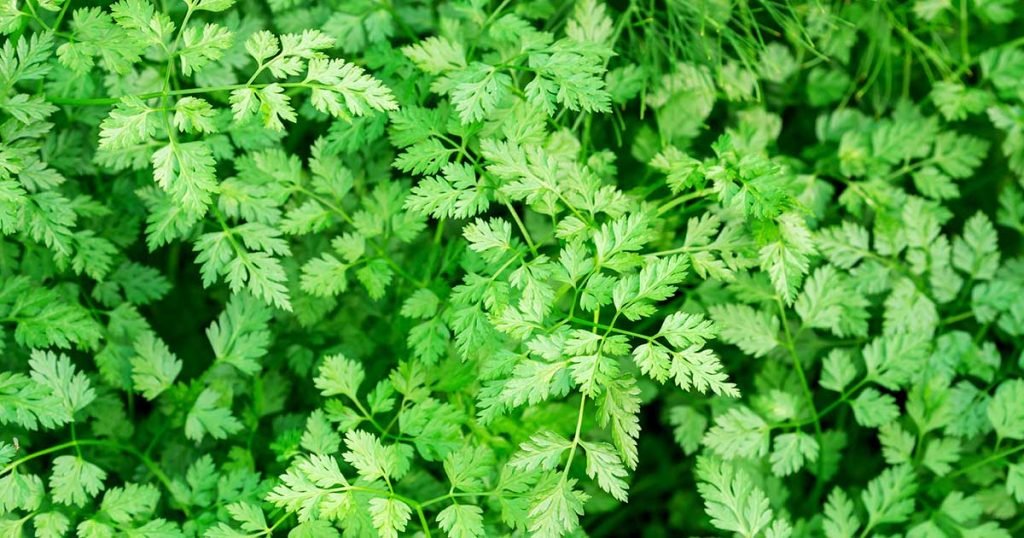
-
Fennel
Fennel is a prominent spice in Asian cuisine, and now you can learn that it can alter tarragon to generate great meals
Highlights:
Fennel’s flavor is roughly the same as tarragon’s since it is comparable to black licorice taste. There are numerous ways for fennel to substitute tarragon in cooking, and I will show you how I use fennel:
One tablespoon of fresh fennel offers benefits like one tablespoon of fresh tarragon, while you can use a teaspoon of fennel seeds flavor to substitute one tablespoon of fresh tarragon.
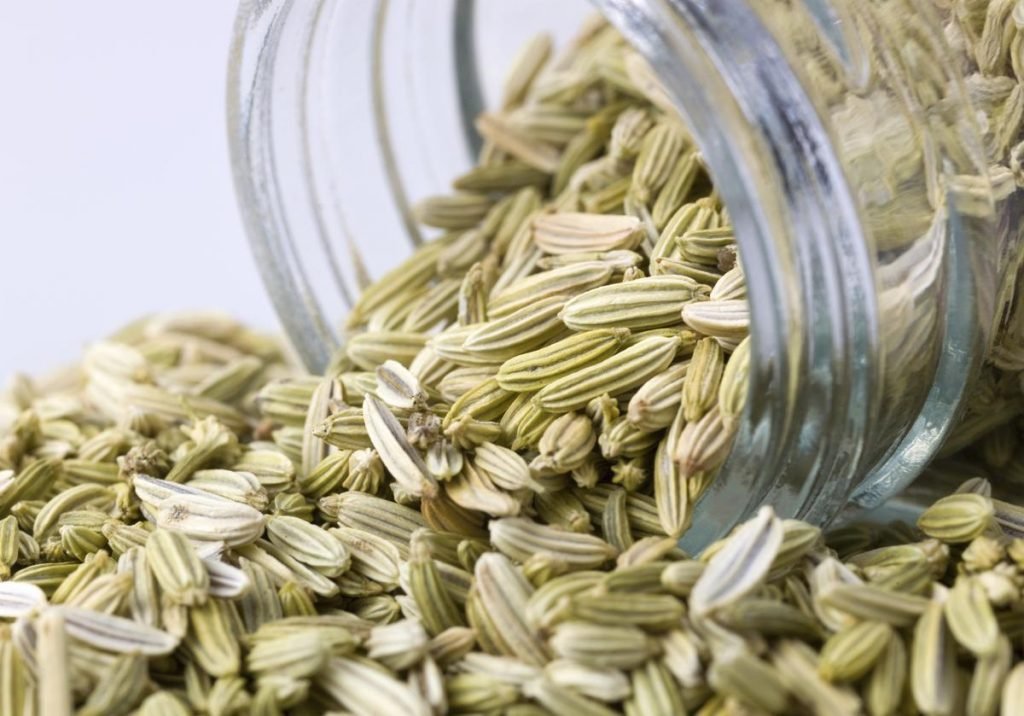
-
Anise
Because of its flavorful qualities, anise seed, like fennel, has spread from its Mediterranean roots to all corners of the globe. Its licorice flavor has been warmly embraced into authentic German, Indian, Middle Eastern, and Mexican dishes.
Highlights:
Anise seed, with its licorice taste, may readily replace fresh tarragon in any dish. One teaspoon anise seeds to 1 tablespoon tarragon Anise seeds have developed a name for themselves as a spice in baking or flavor licorice-flavored drinks.
This nutrient-dense annual plant has a plethora of health advantages. Anise seeds are believed to help manage blood sugar levels, prevent stomach ulcers, fungal infections, and even alleviate menopausal symptoms. They also help with your mental wellness.
-
Angelica
Even though angelica has a flavor profile similar to dill and fennel, it is sweeter, with notes of celery and licorice thrown in. So, if you’re out of tarragon and don’t want to use fresh, this is a great substitute. In contrast to the other tarragon alternatives, it is not as widely available as they are.
Highlights:
It’s best to use the leaves or stalks of angelica to impart the licorice flavor to dishes that tarragon can impart. Herbs are classified as such, whereas the root is classified as such. Simply substitute one tablespoon of angelica for every one tablespoon of tarragon in this recipe. Soups, stews, salads, and even seafood benefit from the use of angelica. Make this delicious scallops recipe even better by substituting this substitution.
-
Dill
Dill is distinguished by its anise citrus taste, which borders on bitter but has underlying sweet undertones. While it lacks the licorice-like flavor, it will serve as an excellent substitute for tarragon. looking for dill substitutes then check here
Highlights:
To use this as a tarragon replacement, keep in mind that one tablespoon of fresh dill is equivalent to one tablespoon of fresh tarragon. You can use this in place of tarragon in this tarragon butter recipe. Meanwhile, use one tablespoon of fresh dill for every teaspoon dried tarragon if using fresh dill instead of dry tarragon. It’ll work nicely as a replacement in recipes that call for licorice flavors, such as seafood meals, salad dressings, and vinaigrettes.

-
Marjoram
Marjoram, being a member of the oregano family, lacks the licorice-like bite and flavor found in tarragon. It’s primarily associated with an earthy and woodsy flavor with citrus undertones. Nonetheless, you might use this as a tarragon substitute on occasion.
Highlights:
When substituting marjoram for tarragon herb in a recipe, use the exact amount called for. For example, if the recipe says for one tablespoon of tarragon, use one tablespoon of marjoram. This replacement concept works best in poultry and vegetable meals, but you may also use it in salad dressings and tomato-based sauces.
-
Oregano
Oregano is a well-known herb that we’ve all used on pizza. Even though it is sometimes mistaken with marjoram, oregano has a more robust flavor. You can use the delicate sweetness and the warm flavor of oregano c to replace dried tarragon in recipes.
Highlights:
You’d want to inhale the scent of oregano. This common herb may transform a stew, sauce, poultry, or real Mediterranean or Mexican cuisine. However, if you want your food to taste bitter, do not use too much oregano. Oregano, unlike other herbs, can withstand extended cooking, allowing its taste to stand out in sauces and stews even when introduced early in the cooking process.
Oregano is a well-known plant whose health advantages have led to its inclusion in many people’s diets. It possesses anti-bacterial, anti-viral, and anti-cancer effects. Even though oregano is generally regarded as safe to ingest, one should avoid oregano before and after surgery since it may raise the risk of bleeding.
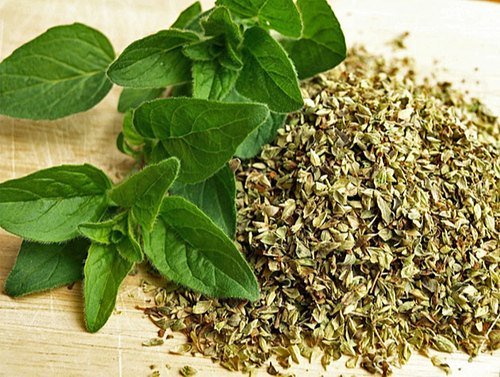
-
Thyme
This mint-family evergreen plant has been used for decorative, medicinal, and nutritional purposes. In your recipes, thyme’s strong herbal taste can replace dried tarragon.
Highlights:
Thyme, unlike the other herbs, should be put at the beginning of the cooking process. As it cooks, the flowery taste comes out. It’s an excellent spice for savory meals like roasted vegetables, meat, seafood, soups, and marinades.
Thyme has been shown to reduce blood pressure and increase immunity. If administered directly to the skin, however, it may cause allergic responses.
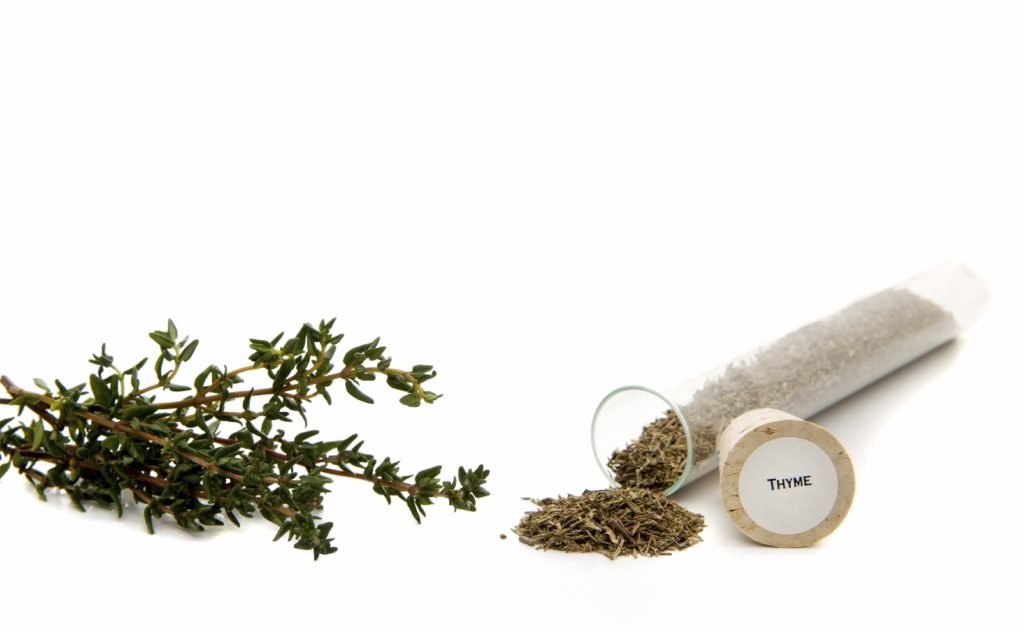
-
Rosemary
The final herb on our list is rosemary. It is a member of the sunflower family and is related to tarragon. The majority of people choose rosemary since it gives more taste and perfume to the meal.
Highlights:
This perennial plant has been passed down through ages as a culinary spice. The bitter and astringent flavor may completely substitute the bittersweet flavor of dried tarragon in any dish. The distinctive scent of rosemary is famous throughout the world, making it everyone’s favorite spice.
Have you ever drunk herbal tea made with rosemary? Well, that is another heritage that has followed down to our contemporary day. Rosemary has been recognized for its therapeutic properties and may be gathered home gardens.
This Mediterranean plant is rich in iron, antioxidants, and vitamin B6. It has tremendous control over blood sugar levels, memory, and even mood swings. Moreover, rosemary consumption has demonstrated positive benefits for eye, brain, and heart health.
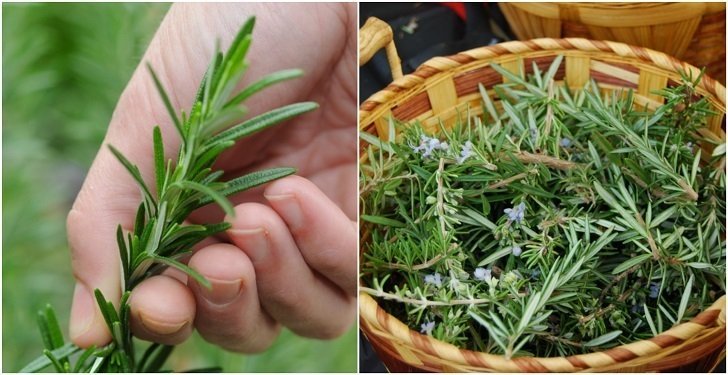
-
Lemon Juice
For fish or poultry recipes, lemon juice works well as a tarragon replacement. It’s tangier than tarragon, like apple cider vinegar. They do, however, have a comparable acidity that might give your meal the punch it needs.
Highlights:
Many dishes include lemon juice and tarragon into butter or sauces. If you don’t have any other vinegar on hand, combine the two. This combines the desired floral aroma and acidity.
Lemon is more commonly used in baking than tarragon. However, if you’re preparing something like Slovenian potica, lemon juice might be a helpful alternative. Replace one tablespoon of tarragon vinegar with half a tablespoon of lemon juice
-
Rice Vinegar
One of the mildest tarragon substitutes for any meal is rice vinegar. It may be familiar to you from dishes that blend it with sushi rice.
Highlights:
Because tarragon vinegar goes well with fish, you can use rice vinegar in its place. They’re also great for seasoning veggies.
The flavor of rice vinegar is sweet and sour. It lacks the zing of white wine vinegar. However, you could appreciate it as a basis to combine with your favorite herbs. Remember that some rice vinegar is seasoned, which means they include sugar and salt.
-
White Wine Vinegar
White wine vinegar, one of the major components used in producing tarragon vinegar, is the ideal replacement. If you have this plus fresh tarragon leaves in your home, you can make your tarragon vinegar.
Highlights:
White wine vinegar will give you a similarly sweet, mild flavor if you don’t have the herb. You’ll need 1-2 fresh cups of tarragon leaves to prepare your tarragon vinegar. Pour white wine vinegar over it and store it in a jar.
White wine vinegar has a pleasant flavor on its own, making it ideal for salad. Use it in the same proportion as tarragon vinegar.
Frequently Asked Questions
-
Can thyme be used instead of tarragon?
Of course, you may substitute thyme for the tarragon and keep the recipe. When replacing them in your cooking, use equal amounts. However, the flavor may change somewhat, so make sure to use the correct proportions to avoid ruining your dish.
-
Is Dried Tarragon a Healthy Option?
While tarragon loses flavor when it dries, it still adds a delicious flavor to long-cooking dishes. Fresh herbs are best for foods that do not require cooking or are only cooked briefly.
-
What does tarragon taste like?
Tarragon has a licorice-like, savory flavor and a gritty texture. Tarragon is organic, and when used in cooking, it has a unique flavor.
-
How much dried tarragon equals how much fresh tarragon?
When cooking with herbs, there’s a general rule of thumb to remember about the fresh-to-dry ratio and vice versa. Dried herbs are often more concentrated and potent in flavor than fresh herbs, so use fewer dry herbs.
-
Is tarragon related to rosemary?
Tarragon belongs to the sunflower family, which includes herbs such as chicory, dandelion, and echinacea. On the other hand, rosemary is a member of the Lamiaceae family. They taste and smell the same. They are not, however, the same.
-
Is parsley related to tarragon?
They are comparable. They do, however, taste different. In many situations, you can substitute parsley and tarragon for one another. Use them as a garnish, in soups and stews, and a variety of other dishes.
-
How can I get tarragon?
Go to the packaged fresh herbs section of a supermarket. There is fresh tarragon to be found there. Dried tarragon, on the other hand, is available in the spice aisle. You can store dried tarragon for a year; double-check the expiry date and manufacturing date before purchasing.
Final Words
Fish, eggs, veal, and chicken, tarragon is a delicious addition to any dish with mustard. But while most people adore the flavor of tarragon, some people prefer not to include it in their cooking.
[yellowbox]Suppose White wine vinegar is frequently used to enhance the flavor and fragrance of the herb, which has a sweet licorice or anise flavor and aroma. You don’t like the anise seed or licorice-like taste of tarragon, and you may easily exclude it without affecting the overall flavor profile of your dish.[/yellowbox]Replace it with equal parts dill, basil, or marjoram. This will season it nicely, except for the tarragon taste.[/yellowbox]
That’s it. I hope it was helpful to someone. You may find most herbs and spices that could be used as tarragon alternatives right in your kitchen or growing in your yard.


We are baking experts and connoisseur of food with decades of cooking experience to cook and bake a variety of scrumptious food item to awaken the taste buds of people who eat our baked delights.
With our gumption, alacrity along with astute acumen to pick the authentic and best quality ingredients from across the world to make the scrumptious recipes which soothes the taste buds of eater has made him the name on which people can count on when it comes to cooking advice, world class meals and cuisines native to the different cities of world.
Our chefs unique ability improvise and make baked dishes with different raw produce and ingredients in less time which are delicious and relished by the guests has made kooky bakes leader in the arena of baking and serving mouth watering food.
